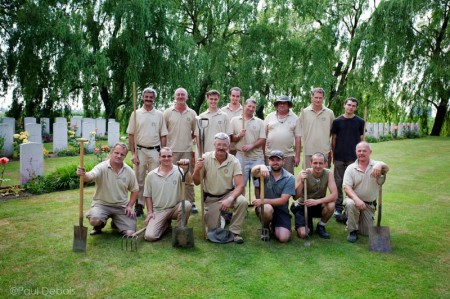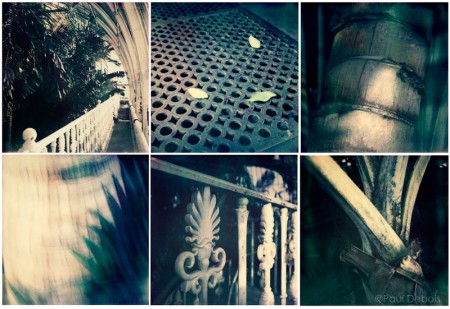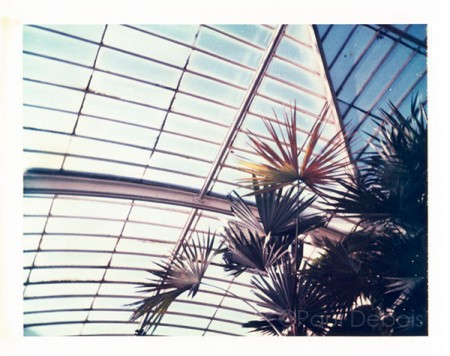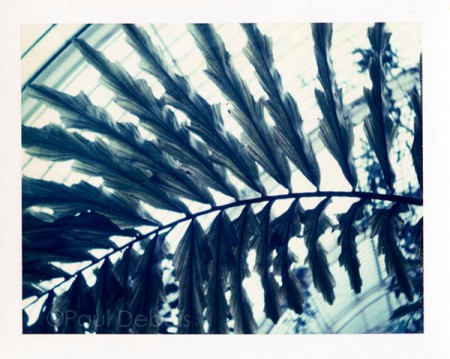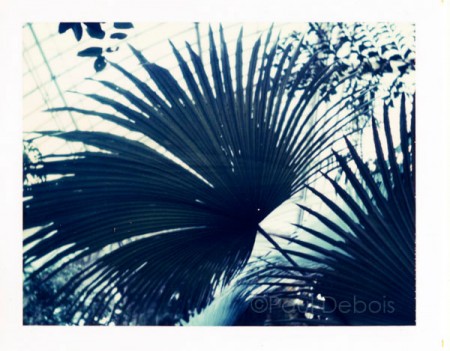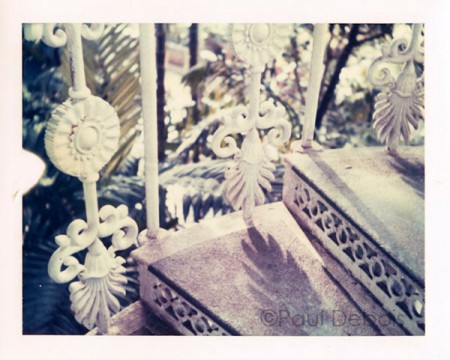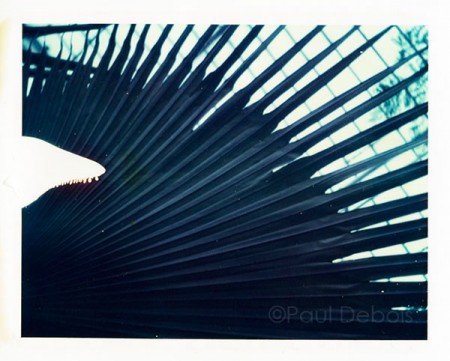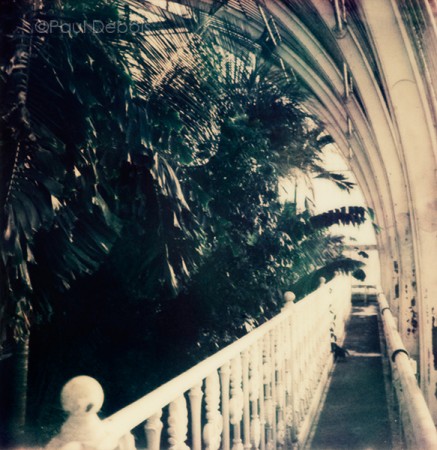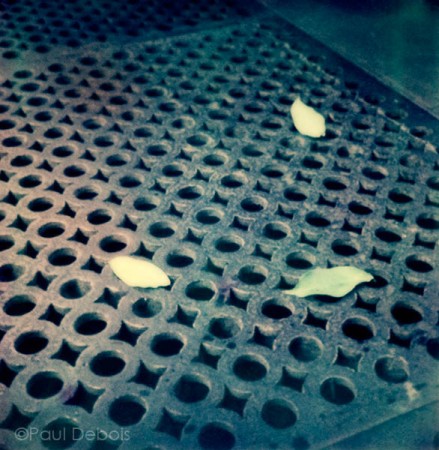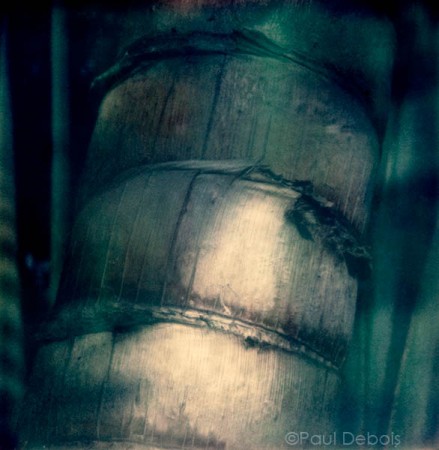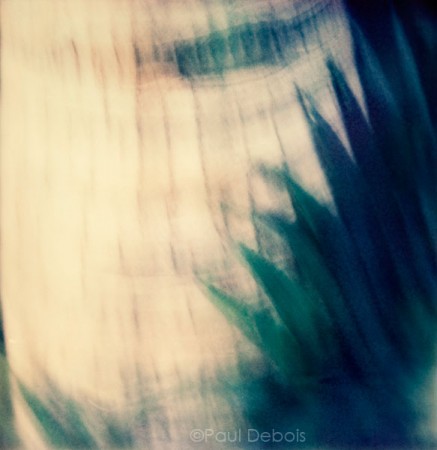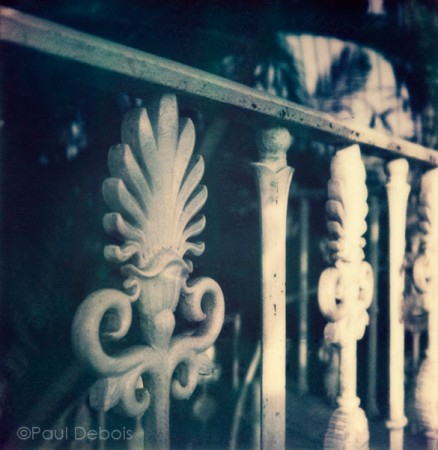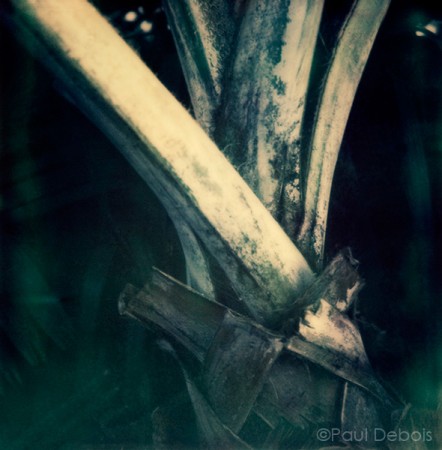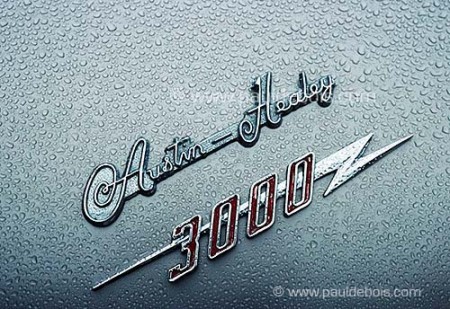This year I have been lucky enough to have a single image selected in the final of the IGPOTY competition and have a portfolio commended. The exhibition will be on show at Kew Gardens from May 14th.
The single image is a portrait of a gardening team in the WW1 cemetery at Le Trou Aide Poste, near Lille, Northern France. This photograph is based on an image, taken around 1920, of a team of War Graves Commission gardeners. It is part of a story on the Fromelles Cemetery near Lille, opened in 2010 for the reburial of British and Australian WW1 soldiers, whose bodies were discovered in a mass grave in 2008. The gardeners still work in teams, and move around various cemeteries in a particular region. Many are second or third generation, and are related to the original gardeners, many of whom fought in WW1. Kneeling on the right is Jean-Pierre (Jimmy) Macdonald whose British grandfather fought in the war and who settled in France in the employ of the War Graves Commission. For more information and images see www.pauldebois.com and look at the Fromelles gallery.
The Polaroid SX-70 portfolio was based on a photograph I took at Kew Gardens in 1982 as a photography student. Using the same camera, along with newly-released film I returned with the aim of capturing the atmosphere of this building, creating a ‘retro’ feel, with soft, almost monochromatic images. Polaroid SX-70 film was discontinued many years ago, but new film has been released, made by a company who bought what was left of the original Polaroid factory. This film has its own peculiar characteristics, but like the original Polaroid, produces very soft images – optically and tonally. The Palm House has lots of shade and I had to think in terms of black & white as the film could not render colour very well in these conditions. The photographs are not intended as literal portraits in the conventional sense.
The full size images can be seen in the previous posting ‘Shake it like a Polaroid picture‘.

